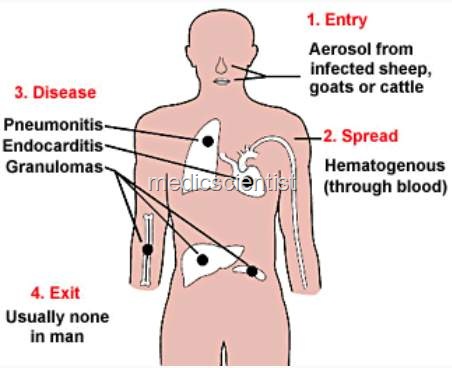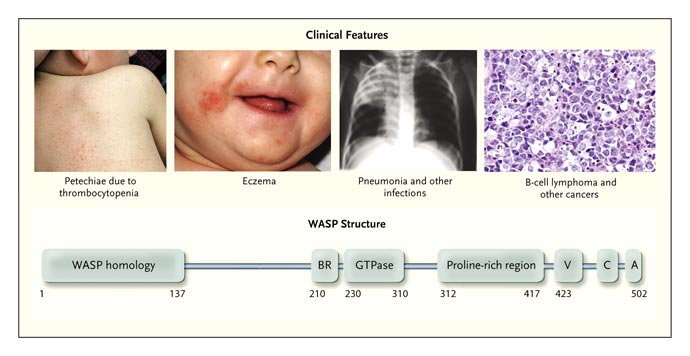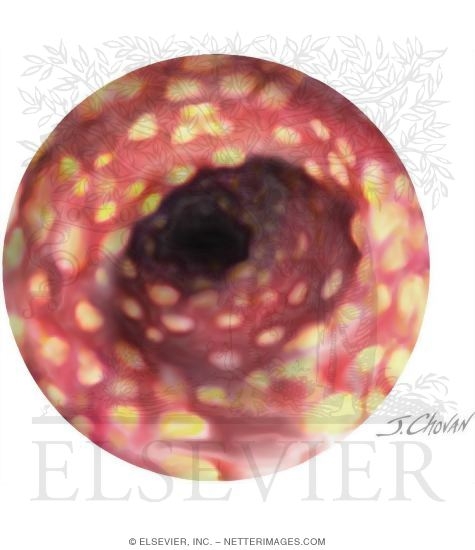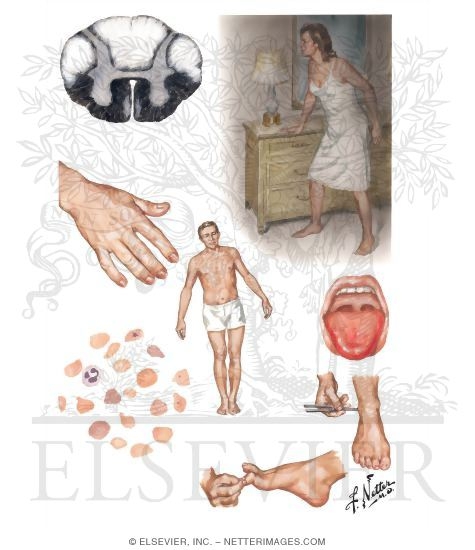Type I RTA (distal)
- defect in excretion of acid
- associated with hypergammaglobulinemia,
amphotericin B,
primary biliary cirrhosis and thyroiditis
- presents with
hypokalemia, acidosis and low urinary ammonium production
-
inability to lower urine pH below 5.3 despite systemic acidosis
-
low urinary citrate and
hypercalciuria, causing
nephrocalcinosis,
renal stone, rickets and osteomalacia (calcium loss and buffering of retained H+ in bone)
- diagnosis:
acid load (oral ammonium chloride is given - failure to lower urine pH)
- treatment: oral sodium bicarbonate or citrate
Type II RTA (proximal)
- defect in absorption of bicarbonate
-
Fanconi syndrome and osteomalacia occurs
- cardinal features are acidosis, hypokalemia and
hypophosphatemia
- apperance of bicarbonate in urine
-
urine can be acidified
- expired tetracycline use and
Wilson disease is a cause
- diagnosis:
IV sodium bicarbonate load (high fractional excretion of bicarbonate)
- treatment: high dose of bicarbonate
Type IV RTA (hyporeninemic hypoaldosteronism)
- commonest RTA
- occurs in diabetes and tubulointerstitial disease
- associated with chronic ingestion of
NSAIDs
- cardinal feature is
hyperkalemia
-
fludrocortisone treatment is effective
Note: osteomalacia can occur in both type I and II
- type III RTA is a rare combination of type I and II


















































